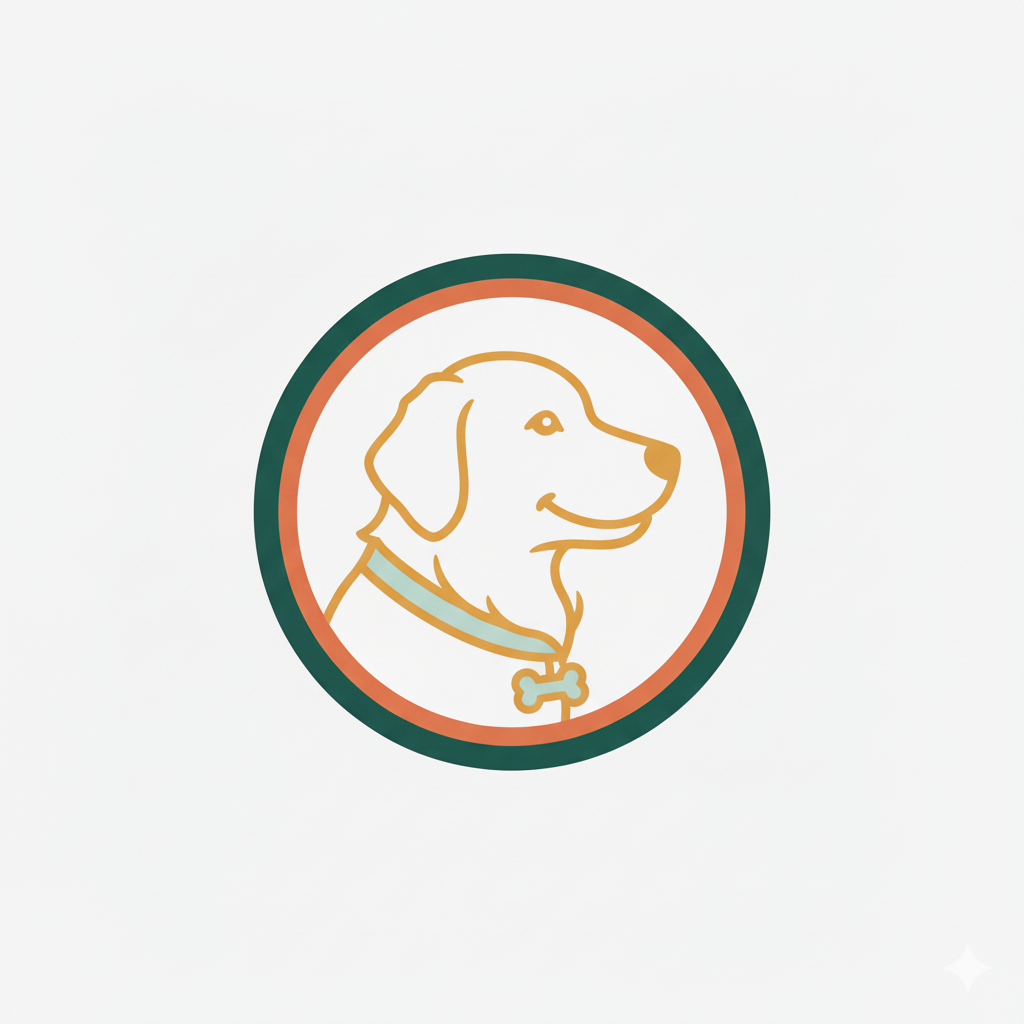Fundamental Principles of Training Dogs for Specific Tasks
Training dogs for specific tasks hinges on mastering dog training basics and applying foundational obedience skills. These essential steps build a solid framework, enabling dogs to perform specialized roles, whether in assistance, protection, or therapy work. Without grounding in basic commands like “sit,” “stay,” and “come,” task-specific training risks confusion and unreliable performance.
Central to successful training is understanding learning theory in dogs. Dogs primarily learn through conditioning: classical conditioning associates a neutral stimulus with a meaningful outcome, while operant conditioning connects behaviors to consequences, reinforcing or discouraging actions. Effective trainers use these principles by consistently rewarding desired behaviors and gently correcting mistakes, enabling dogs to grasp complex tasks step-by-step.
This might interest you : How Can You Tell If Your Dog Is a Descendant of British Breeds?
Communication is vital. Dogs rely on clear signals, timing, and consistency to decode expectations. Recognizing dog behavior—such as signs of stress or focus—ensures trainers adjust their approaches appropriately, fostering trust and motivation. Task-specific training thus becomes a synergy of reliable obedience, intelligent conditioning, and responsive communication, streamlining the dog’s ability to master specialized duties efficiently and confidently.
Essential Techniques in Dog Task Training
Discovering the most effective training methods for dogs often leads to the widespread use of positive reinforcement. This approach rewards dogs immediately after displaying the desired behavior, encouraging them to repeat it. Positive reinforcement is highly effective because it creates a clear, motivating connection between actions and rewards, fostering willingness and focus in dogs during training sessions.
Also read : What Unique Traits Set UK Dog Breeds Apart Worldwide?
Another cornerstone technique is clicker training, which uses a distinct clicking sound to mark the exact moment a dog performs the desired behavior. This method complements positive reinforcement by helping dogs understand precisely which action earned the reward. The clicker acts as a consistent, neutral signal, reducing confusion and speeding up learning.
Introducing new tasks to dogs involves a structured, step-by-step process. Start by breaking down complex behaviors into small, manageable parts. Use the clicker to mark successful attempts at each step, then reward promptly. Gradually increase task difficulty as the dog masters simpler components. Repetition and patience are key, ensuring dogs build confidence and competence without becoming overwhelmed.
By combining positive reinforcement and clicker training within a clear progression, trainers can effectively teach dogs a wide variety of tasks with clarity and enthusiasm.
Common Tasks Dogs Can Be Trained to Perform
Understanding the versatile roles of trained dogs
Dogs excel in assistance training, mastering a variety of task examples that improve human lives. Among these, service dogs often learn fetching and retrieving objects. This skill, vital for individuals with limited mobility, enables dogs to pick up items like dropped keys or phones, fostering independence.
Another prominent task involves guiding individuals with visual impairments. Dogs trained in this role support safe navigation, avoiding obstacles and alerting to changes in environment. Their guidance promotes confidence and autonomy for those with vision loss.
In addition, dogs can be trained for alerting owners to critical sounds or medical issues. This includes warning about doorbells, smoke alarms, or impending seizures. The reliability of such dogs in sensing health crises is a result of precise assistance training, highlighting their invaluable bond with owners.
Lastly, some service dogs provide physical assistance for mobility, helping individuals balance, open doors, or pull wheelchairs. These diverse task examples demonstrate how service dogs enhance daily life through specialized training and unwavering support.
Tips and Considerations for Successful Dog Task Training
Training tips for dogs often emphasize the necessity of consistency in training. Dogs learn best when cues and rewards follow a predictable pattern. This consistency helps reinforce desired behaviours, making the learning process smoother. Training challenges, such as distractions or a dog’s varying attention span, can slow progress but can be managed by maintaining focus and breaking tasks into smaller steps.
Every dog’s learning rate differs, requiring trainers to tailor session duration and frequency accordingly. Some dogs need shorter, more frequent sessions, while others thrive with longer periods of practice. Patience and repetition are critical; rushing can create confusion, hindering the dog’s ability to grasp new tasks.
Recognising these factors creates an adaptable approach. For example, a dog struggling with distractions benefits from training in a quieter environment or with fewer stimuli until it masters basics. Training tips for dogs also suggest using positive reinforcement to engage and motivate, enhancing the dog’s willingness to participate.
Through deliberate, patient practice and acknowledging individual learning speeds, trainers can overcome training challenges and achieve successful outcomes in dog task training.
Resources and Professional Support for Task Training
Understanding when and how to access expert help
Recognizing the right moment to consult professional dog trainers is vital for advanced task training success. If your dog struggles to master complex commands or specific tasks despite consistent effort, seeking expert guidance can drastically improve outcomes. Professional trainers bring tailored approaches, ensuring training is efficient and effective.
Training programs vary widely, but selecting one suited to your dog’s needs is crucial. Evaluate programs by their focus—whether obedience, scent work, or service tasks—and trainer credentials. Look for programs offering hands-on experience and positive reinforcement methods, as these yield the best long-term results.
Many valuable training resources for dogs exist beyond in-person sessions. Books by reputable authors provide in-depth techniques for task training. Online courses offer flexibility, allowing you to learn at your own pace and revisit materials as needed. Combining these sources with professional support maximizes your dog’s learning potential.
In sum, effective task training hinges on utilizing both qualified trainers and diverse educational materials. By carefully choosing training programs and resources, you provide a solid foundation for your dog’s development in specialized tasks.
